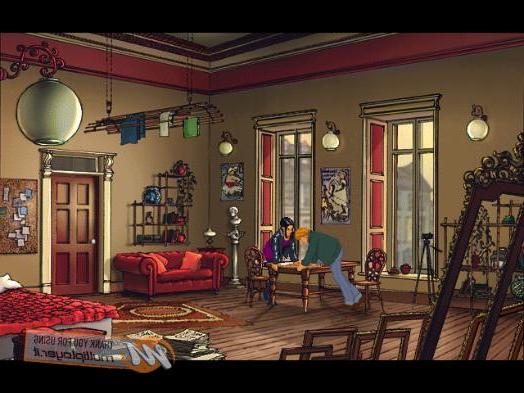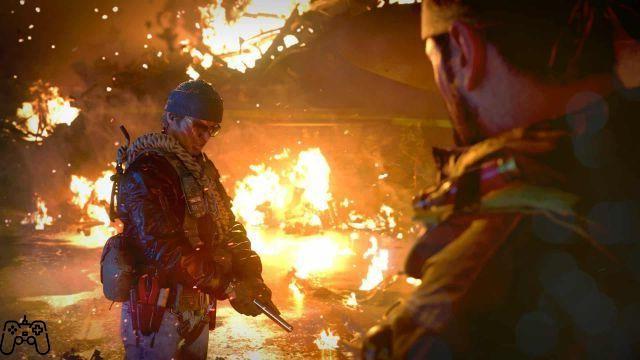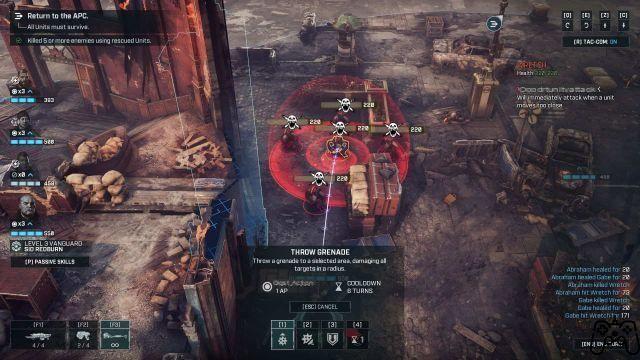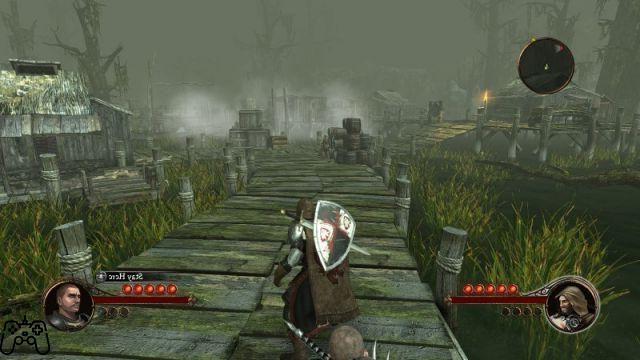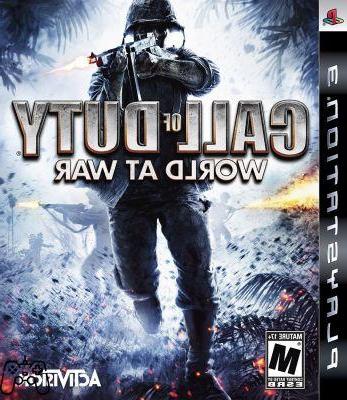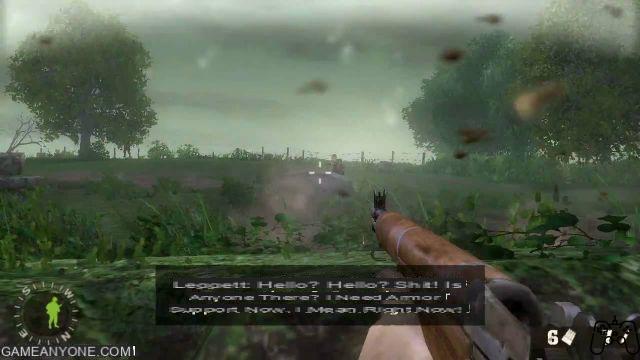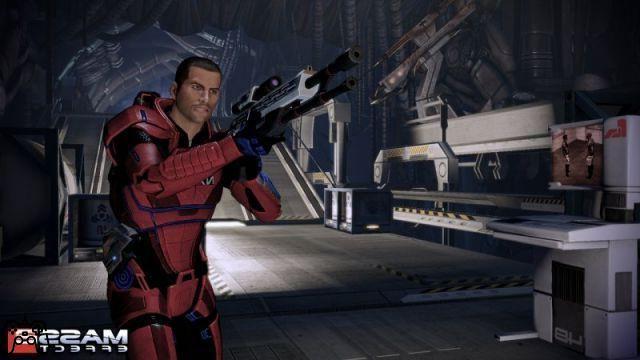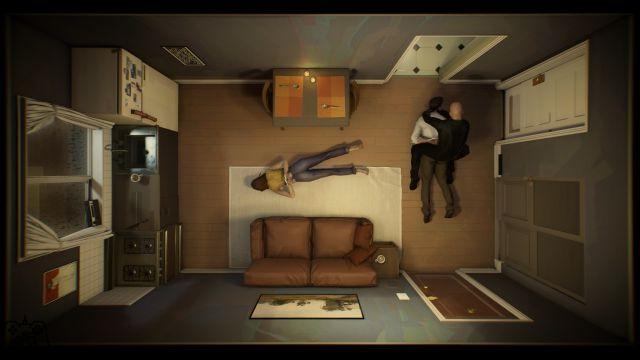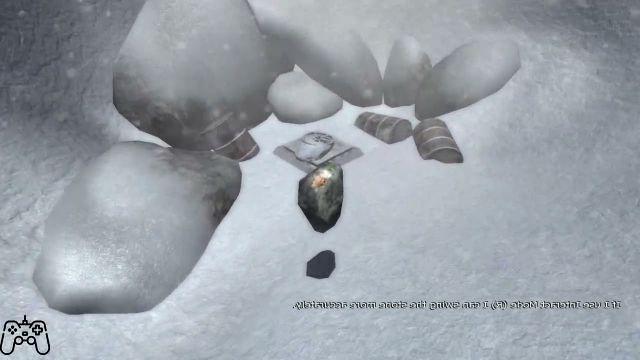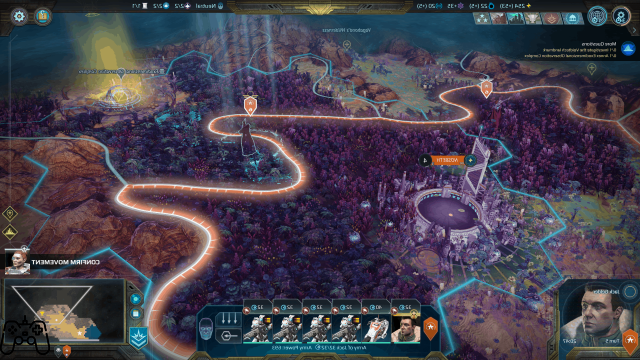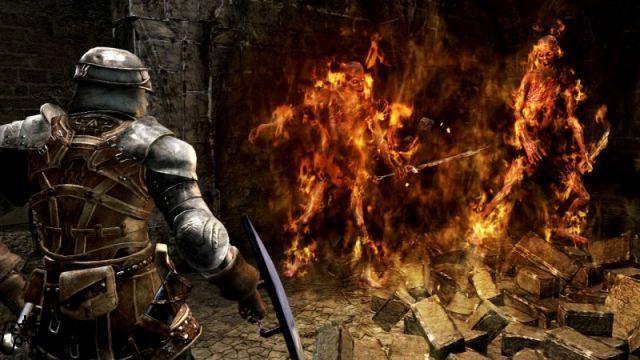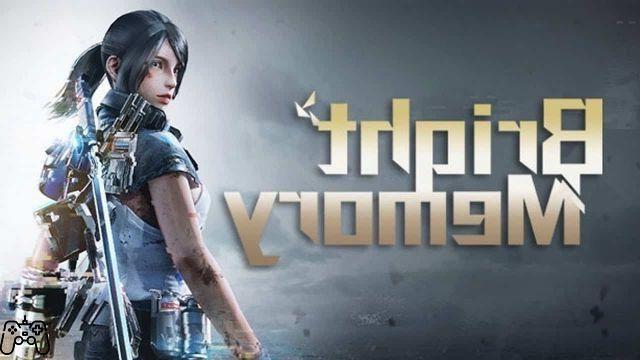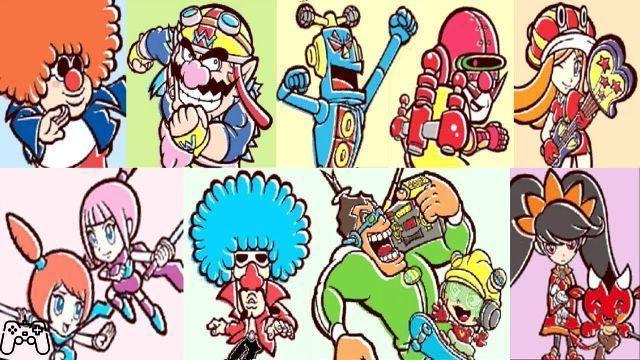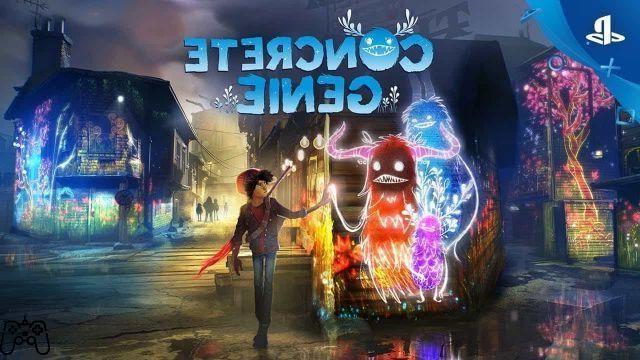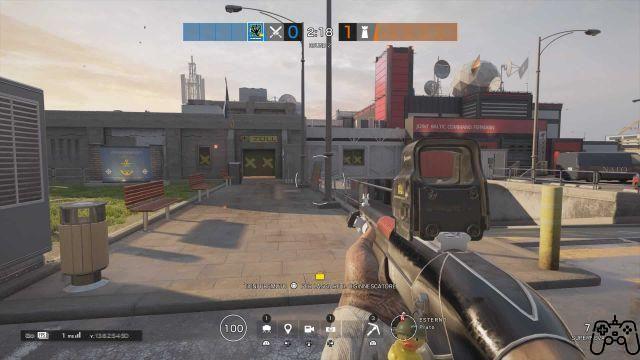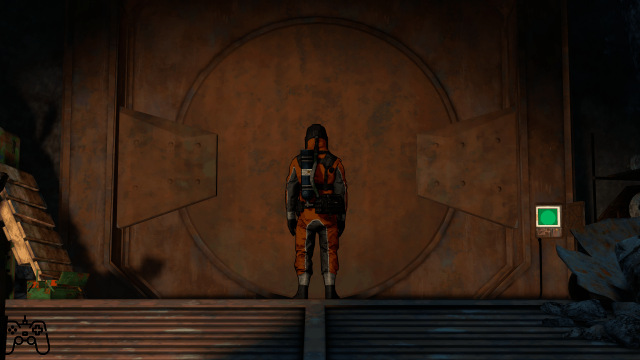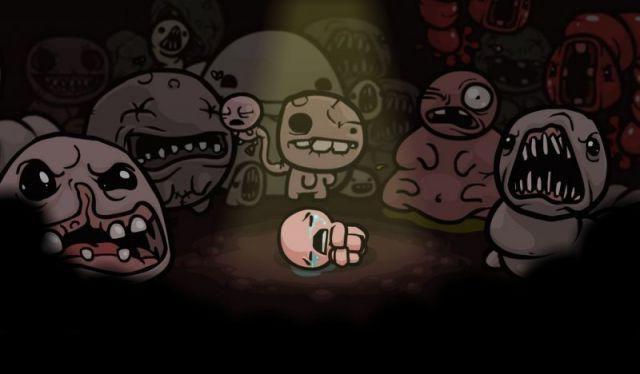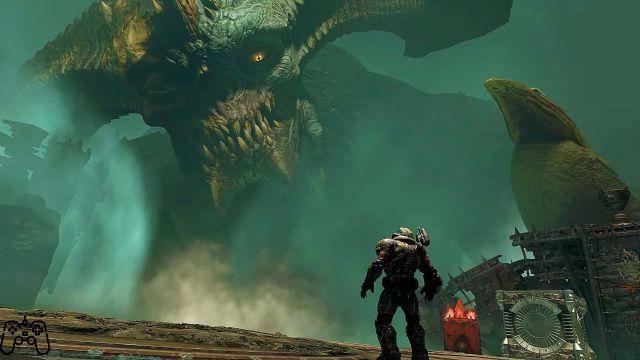 78aff7dbb4544-0.jpg">
78aff7dbb4544-0.jpg">When Shrek came out to the cinema along with his politically incorrect comedy, he brought an interesting food for thought, namely that it is easier to live and do great deeds if you are the prince charming, admired and praised by all. Less easy is being left alone and doing a good deed every now and then if you are an ogre that everyone sees as ugly and evil. The same idea could be applied both to the events that characterize the protagonists of Tales of Berseria, both to the game itself, a game that despite some rather disappointing aspects, has some really well done sides. Let's go in order and let's get to know this good ogre better.
Tales of Berseria is the latest official title in the Tales of saga, produced by Bandai Namco. Released for both Sony, PlayStation 3 and PlayStation 4 home consoles (although it was only released on PlayStation 3 in Japan), and for PC. A first important note of Berseria is that it has some ties to the title that came out immediately before it, namely Tales of Zestiria. The first link can be found in the fact that Berseria takes up many of the mechanics that had characterized the gameplay of Zestiria, while the second is that Berseria is in effect a prequel to Zestiria, set in the same world, but a thousand years earlier and with the appearance of some characters already present in his predecessor (there is a valid explanation for this, which becomes clear once you have played even only one of the two titles).
 78aff7dbb4544-1.jpg">
78aff7dbb4544-1.jpg">The story follows the exploits of Velvet Crowe, a girl who, due to an event called "Scarlet Moon", has seen her life drastically change. During the night of the strange event, a disease called "Demonite" has spread among the population of the world causing many to transform into monsters, known as Demons. As if that weren't enough, Velvet's brother-in-law Arthur, during the same night, sacrifices the girl's younger brother to gain the power to defeat the Demons and thus save the world. Consumed with rage, Velvet is affected by the disease and transforms into a Demon capable of devouring anything with her left limb. With this new power, the girl lashes out at Arthur in search of revenge, but without success and so she is locked up in a prison isolated from the world. After three years Arthur is now known and celebrated all over the world as the redeemer Artorius Collbrande, leader and guide of the abbey, an ecclesiastical order at the head of an army of people known as "Exorcists", ie soldiers who have obtained the power of fight the Demons thanks to the Artorius ritual. It's up to Velvet to escape from her prison and use her powers to take revenge on Artorius and put an end to her plans.
 78aff7dbb4544-2.jpg">
78aff7dbb4544-2.jpg">This "summary" of the Berseria plot can give only a vague idea of what this story has to offer. I'm talking about a vague idea because the journey we are going to make together with Velvet and companions is anything but simple. We are talking about a really well written story that can be considered one of the jewels of this title. Not only is each member of our party perfectly characterized on a narrative level, but also the secondary characters are anything but predictable or boring, up to the villains of the title who on several occasions also prove themselves to be characters much more complex than it can be. think at the beginning. It is worth mentioning how Velvet and his companions are not real heroes, in fact it would be more correct to speak of anti-heroes. Society sees the abbey and Artorius as their saviors, so anyone who tries to oppose them is seen as an agent of evil. In addition to this, the game, on several occasions, reminds players that the actions of our protagonists, even if apparently dictated by necessity, have consequences that can be negative for the population and that for this reason are not at all frowned upon. give more. This whole series of elements gives more layers of complexity to the events narrated in the plot, presenting to the players more than some food for thought on what they have just seen. This is perhaps one of the major steps forward compared to Tales of Zestiria where, even if on some occasions we tried to give more depth to the events and to some characters, these were still decidedly flat and divided between good and bad in a definitive way.
 78aff7dbb4544-3.jpg">
78aff7dbb4544-3.jpg">Leaving aside the plot, we move towards what is the other cornerstone of the game, namely the gameplay. As we said earlier, in this context, the bond between Berseria and its predecessor is strong, even if Berseria rather than retracing the steps of Zetsiria, mainly tries to take what was good in it to improve and perfect it specifically for this new adventure. We can say goodbye to the armatization system (which in certain battles became practically mandatory to use) and to the blocking of two humans and two malak (which limited the choice of characters to use in the party), in favor of a system that favors a more large number of strategies to choose from and greater freedom in forming the game team (always made up of four characters, among the six available and of which you can choose one to lead into battle). As for the combat system, each character can perform combos, chaining arts (a kind of techniques if you want) assigned to four keys. Each key can be assigned four limbs to be chained, which vary depending on when that particular key is pressed within the combo (for example, if the circle key is pressed first, an art is performed, while if it is pressed to second one performs another art and so on ...). The order of the arts to be performed, as well as their arrangement, can be entirely customized in the special menu, at any time, for the character we are guiding. In case you don't want to change the arrangement of the arts and leave the automatic one, you can do it and the game tends to refine their arrangement on the first three frets trying to create the most fluid combos possible, as new arts are unlocked. As for the fourth key, the player is given complete freedom to set the combo as he sees fit.
As the game progresses you get more and more choices, along with tools that suggest how it is best to chain the various arts to make the attacks more fluid. Setting the arts in the best way to perform combos is not just a mechanic borrowed from fighting games, indeed it is very important on a tactical level as each art has advantages over certain types of enemies, or has an element that characterizes it. or it can also cause certain altered states. Precisely these altered states should not be overlooked, as perhaps you could do in other RPGs, as inflicting them on opponents and avoiding them is very important.
 78aff7dbb4544-4.jpg">
78aff7dbb4544-4.jpg">We talked about combos and how to perform them, but we haven't talked about what it takes to perform them. Each character begins the battle with souls, which are three in normal conditions, four if the enemy is caught behind, two if we are caught by surprise. This number of souls varies from one to five and is also the maximum number of limbs that can be chained in a combo, it is therefore necessary to obtain souls from enemies and to do so one must either perform a perfect dodge, or kill an enemy or inflict one. altered state. Inflicting altered states is the most common and efficient method of earning souls (or to lose them since the same are valid for our party), and we must be very careful to keep the budget of the souls in favor of our characters, as the more they have them, the easier it is to suffer an altered state and, vice versa. Having few souls means turning clashes, which would normally be easy, into real nightmares.
 78aff7dbb4544-5.jpg">
78aff7dbb4544-5.jpg">In addition to the various mechanics already mentioned, there are also skills to consider that allow you to further increase the range of combos such as the Break Souls Artes and the Mystic Artes (the historical final techniques of the series), or the changes of characters during the clash. All these advanced techniques help to enrich even more the variety of possible strategies that can be used. Considering that the enemies become more and more difficult as the adventure progresses, it becomes evident that simply pressing keys at random loses its effectiveness quite soon, especially at higher difficulty levels. I do not hide that, even at the normal difficulty level (at which I completed the title), I have found bosses who have given me a hard time simply for not having considered all the options available to me well and instead simply gone against them head down, hoping to overwhelm them with sheer power.
 78aff7dbb4544-6.jpg">
78aff7dbb4544-6.jpg">As for the purely tactical aspect of the title, we also have some interesting possibilities here. In addition to buying the various weapons and armor, or finding them as loot after defeating an enemy, it is possible to upgrade every single piece of equipment at the various merchants, increasing their statistics. To obtain the materials necessary for the upgrade, it is possible to search in the various game areas or obtain them from the defeated monsters, or even destroy unused pieces of equipment. In addition to the classic stats, every weapon or armor is equipped with some passive abilities. Some of these can be learned as the piece of equipment is worn in battle, while others are random and vary based on the individual piece obtained, or its upgrade level. On several occasions I found myself with equipment that, despite being outdated at a certain juncture, still proved useful for balancing the statistics of my characters (thanks to the upgrades) and in addition to giving them some small passive bonuses to gain an advantage in battle.
 78aff7dbb4544-7.jpg">
78aff7dbb4544-7.jpg">So far we have praised Tales of Berseria, both from a narrative and gameplay point of view, but it's time to touch more than a few sore points. If before we had two really well cared for aspects, on the technical side we have a title that leaves a lot to be desired. In terms of graphics we are talking about a game that suffers a lot from the fact that it was developed in cross-platform, offering little detailed models and more generally a graphic detail that even on the last generation consoles would not have been particularly good. Even the animations are not exactly the best and are reduced in number and this is seen more in the cutscenes where the characters often find themselves repeating the same movements, without too much variety or naturalness. On the level design side, if on the one hand we have some areas that are quite interesting and suggestive on a conceptual and artistic level (just look at the city of Loegres or the village of Aball), in terms of rendering they turn out to be quite unsatisfactory. Perhaps the most obvious problem of level design lies precisely in the layouts of the various areas, which are very similar to each other. This can be seen above all in dungeons, such as caves, which always see the alternation of long corridors and open areas with some monsters repeated, becoming in fact the most boring levels to deal with. During the course of the game, the feeling was often that of having in your hands a title that artistically could have something to say (as I said earlier for the design of some areas, or some main characters) while then, when the time to insert all these elements into the actual game, more than a few compromises were made, thus flattening even those artistic flashes that could have been in the design phase. As for the sound, the dubbing is not bad at all, with the actors who manage to interpret their characters well and contribute in their characterization even in moments that may be more delicate. The soundtrack of the game is rather disappointing, as it presents some nice songs to listen to, but nothing that remains particularly impressed, and even when you look at the variety of songs it is not that it is so vast.
USEFUL INFOI played Tales of Berseria on PlayStation 4 by completing the main story and a few side missions to deepen the story of the characters, all on normal difficulty. I've left out a few hunting missions and some optional bosses that would have helped me considerably level up my characters.
Duration- It can take between 40 and 60 hours to complete the title.
- Personally, it took me about 51 hours to complete the main story and some secondary ones.
- The game offers various selectable difficulty levels. Personally playing on the normal difficulty level I found a decent level of challenge that never proved unfair or frustrating.
- During the course of the game there are several hunting missions against miniboss more difficult than normal enemies that can be faced and some areas where it is possible to face hordes of monsters of a certain type. These missions offer an interesting diversion to test your team's skills and scrape together useful items.
- Beyond these missions and some minigames, there are few side missions to deal with in the course of the adventure, as they are mainly concentrated towards the end of the game. Generally most of them try to deepen the aspects of some of the characters we meet during our journey.
- Most of the collectibles reside in the unlockable costumes for characters and customization accessories, applicable to each costume
- At some point in the story, expedition mode is unlocked, where you can send a ship to an area to explore to find recipes, costumes, ingredients, and more. Among the objects that can be found there are treasures, which are references to the old chapters of the Tales series. These treasures can be viewed in the special gallery and can be an interesting gem for fans of the saga.
- Game Name: Tales of Berseria
- Release date: August 18 2016
- Platforms: PC, PlayStation 3, PlayStation 4
- Dubbing language: English, Japanese
- Texts language: Italian
 78aff7dbb4544-8.jpg">
78aff7dbb4544-8.jpg">
Here, after having better deepen the various aspects that distinguish this title, its comparison with the ogre Shrek becomes clearer. We are talking about a title that, if looked at only from the point of view of gameplay and history (the soul) offers a lot, but which could have offered a lot more if it had not had just enough technical sector (the ogre exterior ). Unfortunately, the dated graphics engine and mediocre level design do not do the product justice at all and even the soundtrack is forgettable. Overall, however, the game is worth playing, if only to face this vengeance journey together with Velvet, Laphicet, Rokurou, Eizen, Eleanor and Magilou and to know their stories and see how they evolve in a world hostile to them. , all however seasoned with a very satisfying and fun gameplay, which bodes well for the future of the Tales of saga.
Videogamingallday.com reviewGraphics
The sore point of this game is unfortunately the graphics. The animated scenes with anime-style graphics are always well done, but they are too few or are relegated to some intermission phases. The rest, on the other hand, is quite disappointing. Some interesting artistic flashes that can be glimpsed in the concept of some places and characters, are generally flattened by the now dated graphics engine and by a just sufficient realization. The animations aren't evil, but a few more, particularly in the cutscenes, wouldn't be spoiled.
64
SOUNDTRACK AND DOUBLE ROOM
The soundtrack is forgettable at best. There are some catchy tunes, but nothing that sticks around, or that is worth listening to again. The dubbing overall is very good. The English voices are coherent with the characters interpreted and are able to convey well the emotions of the various scenes interpreted, both the comic ones of the interlude skits, and the more dramatic ones of the crucial moments of the main story.
78
GAMEPLAY
The flagship of this title is the gameplay, with its various mechanics that offer the player a well-structured title capable of renewing itself along the course of the main story, without ever becoming too simple or boring.




